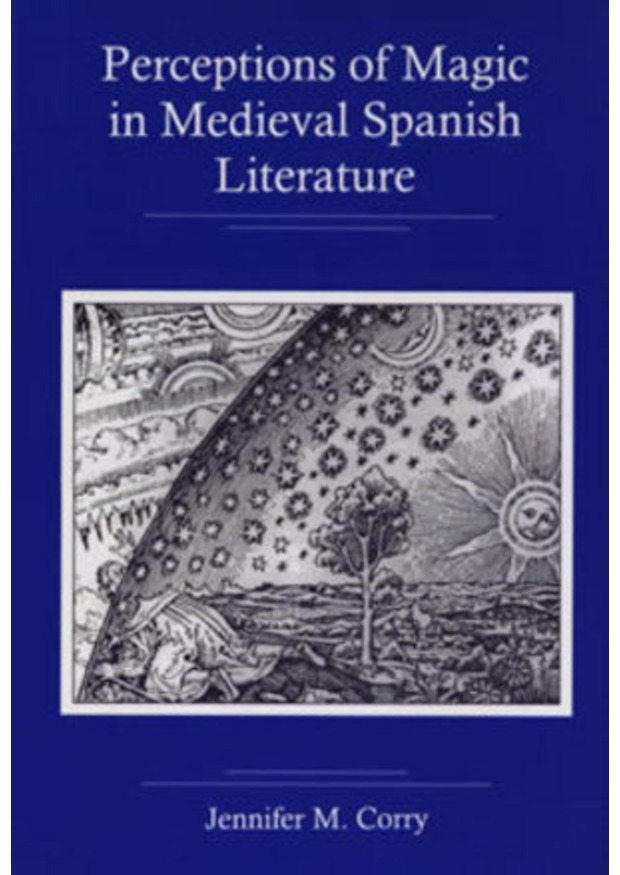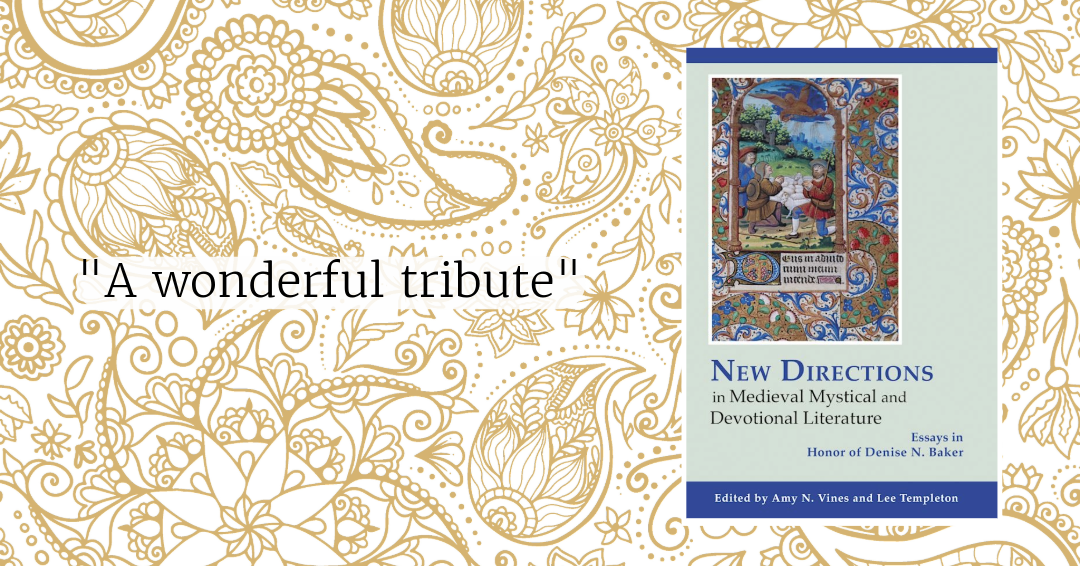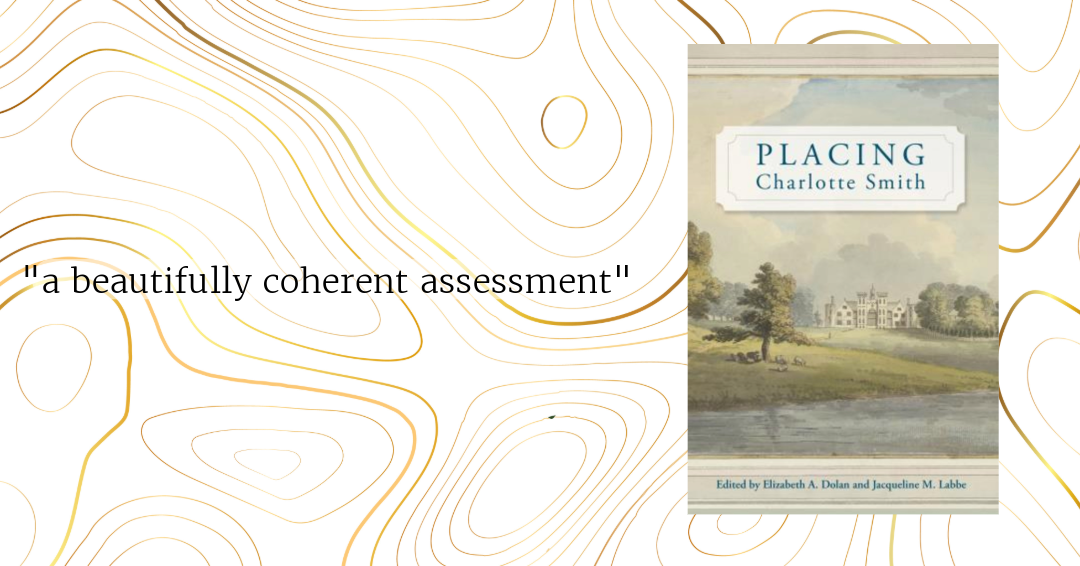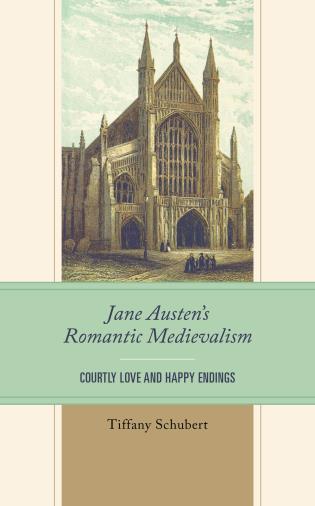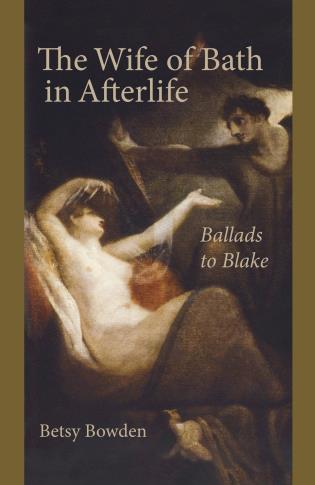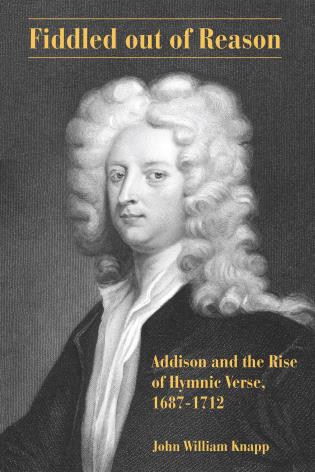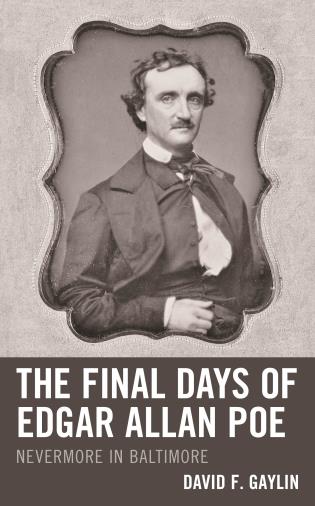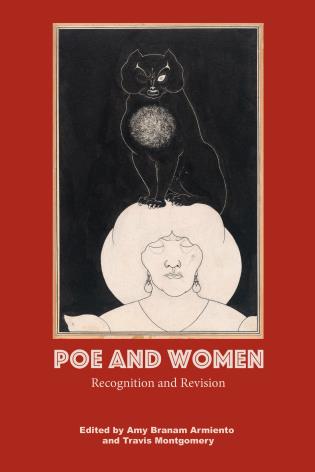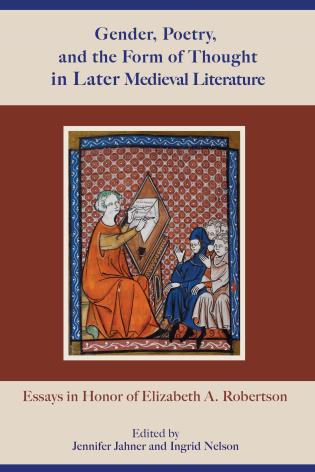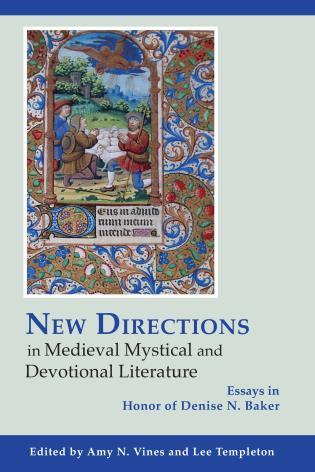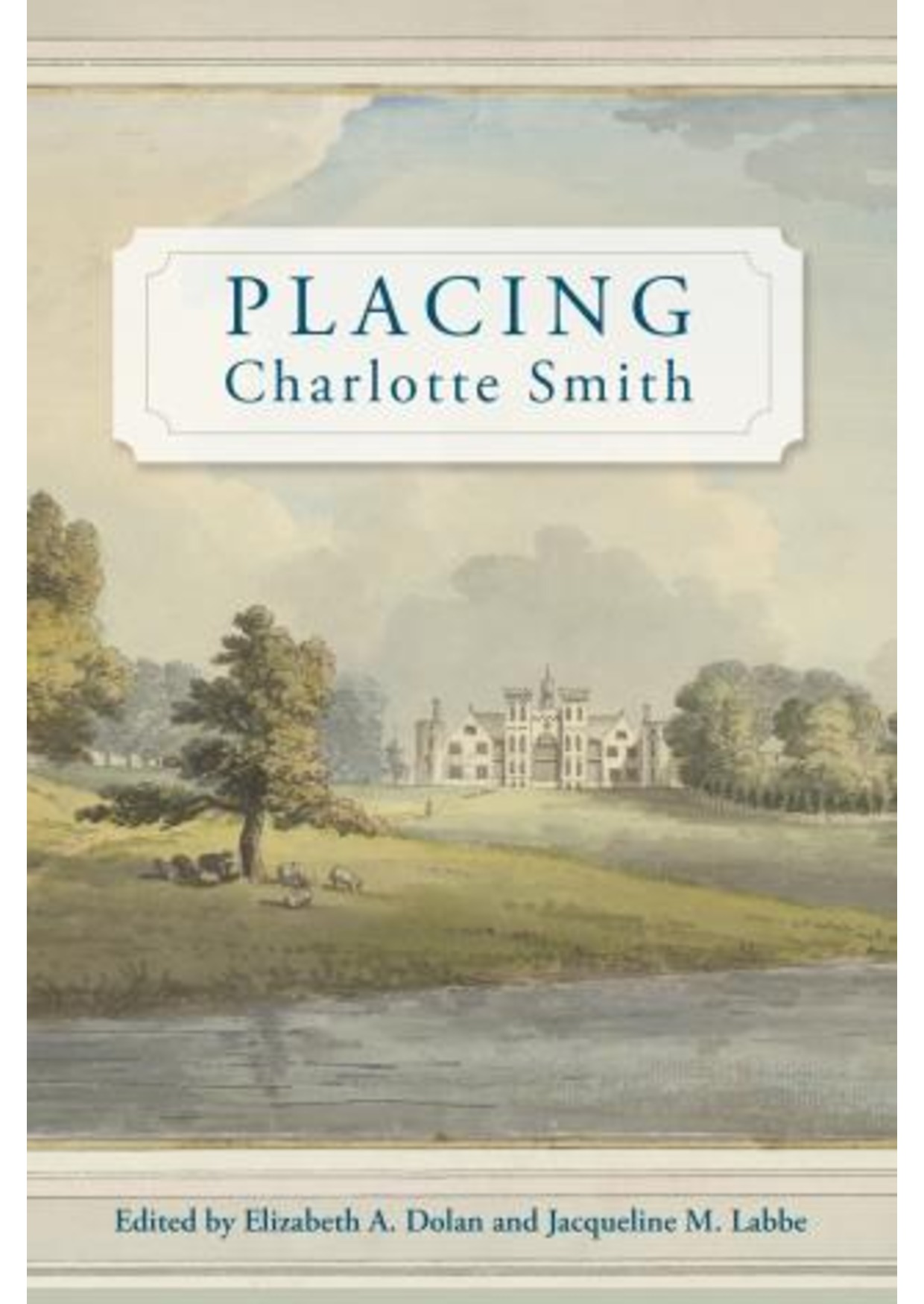Perceptions of Magic in Medieval Spanish Literature investigates the literature of medieval Spain to ascertain the opinions and attitudes toward magical practice held by the many writers of that period. Religious, political and social events are first explored to better understand Spain's unique historical development and its impact on authors' perceptions. This study also includes religious, legal, and medical documents from medieval Spain, as well as many literary works such as Libro de Buen Amor, the works of Berceo, Celistina, and many more. It is an attempt to capture a more comprehensive view of medieval Spain's perceptions of magical practice in order to determine why Spain did not explode into Witchcraze, as occurred in so many other European regions when the Middle Ages slipped into the Renaissance.
While there are several excellent studies of magic in medieval Spain, such as those completed by Julio Caro Baroja and Antonio Garrosa Resina, as well a the distinguished work of Dorothy Severin, Alan Deyermond, et al. On various literary pieces, there has not yet appeared a study that aspires to incorporate all references to magic in all types of writing from medieval Spain with the intention of tracing the development of attitudes toward magical practice. Perceptions of Magic contends that a majority of medieval Spanish authors maintained a skeptical attitude toward magic for many reasons.
One of these reasons is the Moorish invasion of the Peninsula that disrupted the evolution of the Christian Church, which played a prominent role in other European regions with regard to the development of the persona of the witch and fearful attitudes toward magical practice. The Moors' long presence in Spain acclimated many to their folklore, which included magical beings, and to scholarship and scientific study, inexorably linked to magic. In many ways magic was in the purview of the scholars, who were revered and respected.
Despite its popular reputation as a leader in witch hunting, the Spanish Inquisition actually played a major role in quieting outbreaks of hysteria over witchcraft. It was a centralized organization able to resist local gossip and powerful enough to establish its own guidelines that did not necessarily follow Rome. Most importantly, the Spanish Inquisition chose to focus its energy on Christianizing Spain and the Jews and Moors bore the brunt of this focus, rather than alleged magical practitioners and witches.
The authors of medieval Spanish literary pieces include various types of magical practitioners in their works for reasons that range from the didactic to the humorous, but none of them express the kind of fear of magic and witchcraft that is found in the German text Malleus Maleficarum, a book that did much to propel much of Europe into the frenzy of the Witchcraze. While medieval Spanish literary authors understood the concepts of magic and witchcraft, they also appear to have accepted magic's role in society as benevolent or religious, or as a tool with which to set examples. Late medieval Spanish authors exhibit a more humanistic approach toward practitioners of magic and some portray their magical characters with fallible, human qualities. While the figure of the witch rose to frighten so many in other regions of Europe, Spain's medieval and Renaissance authors perceive her humanity and sometimes regard her as a potential source of humor.
